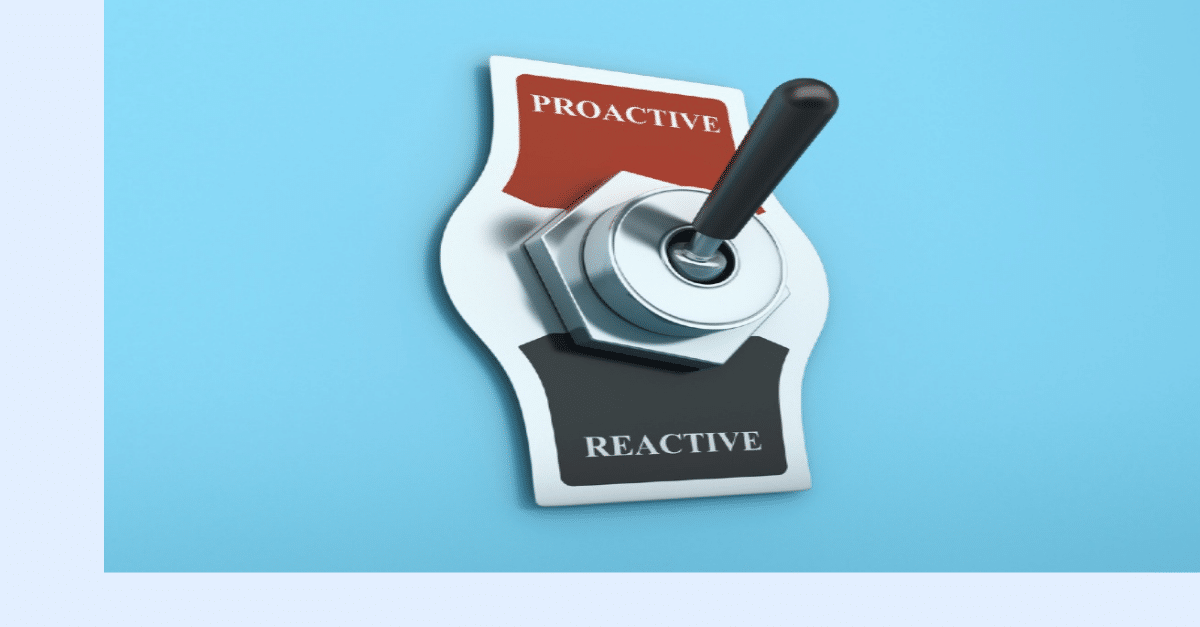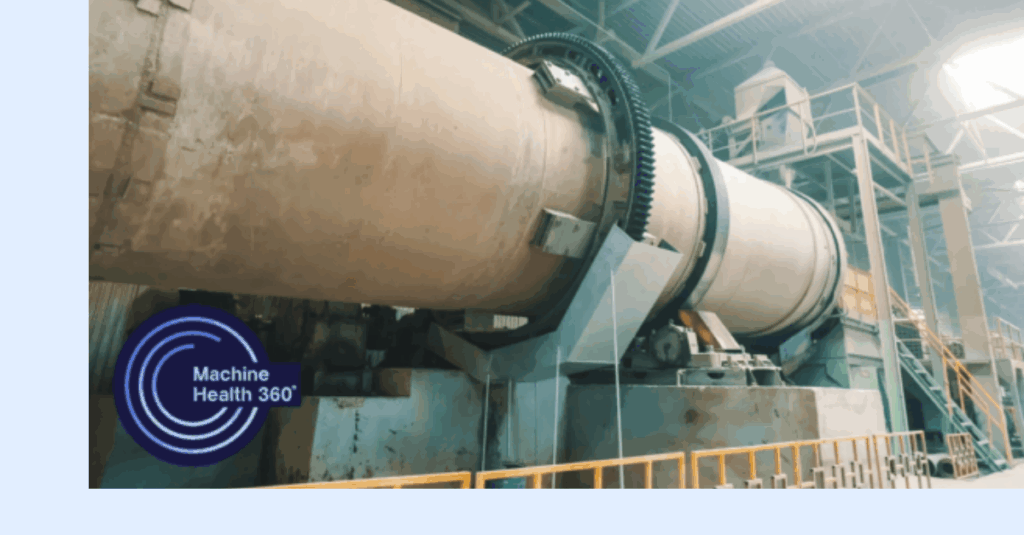
“Another day, another breakdown.” If this has become your maintenance team’s unofficial motto, you’re not alone. While the financial impact of unplanned downtime is evident, there are many hidden costs when faced with manufacturing’s least enjoyable challenge: predicting the next equipment failure. In the past, technicians with decades of experience could often sense impending failures through their hard-earned intuition. However, as these veterans retire, this critical knowledge fades away. Fortunately, condition monitoring technologies have matured enough in both capability and affordability to effectively fill the gap.
From Fighting Fires to Preventing Them
It’s a familiar scenario: Your maintenance team arrives Monday morning, coffee in hand, ready to tackle their preventive maintenance schedule. Then it happens—the all-too-familiar alarm, the frantic call from production, and the collective sigh of “Here we go again.”
For facilities familiar with this scenario, the benefits of switching from reactive to predictive maintenance are compelling:
Today’s condition monitoring systems have evolved dramatically—with advanced sensors, improved IoT range and reliability, and simplified scaling—making it easier than ever to monitor more assets across your facility.
As one maintenance leader put it: “We’ve gone from prehistoric to Star Wars in a couple of weeks.“
“…Waking up at 2am, firefighting, heavy, laborious work… Today, you can focus on what really provides more and more impact and what really matters. So, we ask ourselves, how do we take that to the next level?” — Senior Manufacturing Engineering Manager at a major manufacturer of building supplies.
The Human Cost of Reactive Maintenance
The never-ending game of maintenance whack-a-mole certainly takes a measurable toll on your team’s wellbeing. Research shows that 91% of employees report excessive stress or burnout negatively affecting their work quality, while 83% state that workplace burnout also strains their personal relationships.
A reactive maintenance technician’s typical weekend often looks like this:
- Friday: Make plans with family
- Saturday morning: Receive emergency call about critical equipment
- Saturday afternoon: Apologize to disappointed family
- Sunday: Repeat
- Monday: Arrive at work exhausted
Beyond increasing absenteeism, the unpredictable nature of reactive maintenance creates the perfect storm for work-life imbalance, significantly impacting family relationships and job satisfaction—not to mention safety.
The Safety Dance (But Nobody’s Dancing)
The safety costs are certainly real. As one study found that an emergency repair costs 3 times as much and takes 10 times longer than a planned stop does, we also know emergency repairs can create working environments that are about as safe as trying to change your tire on a highway during rush hour.
Data confirms what your maintenance team already knows in their bones (sometimes literally): facilities running primarily on predictive maintenance experience 50-75% fewer accidents than those with reactive programs.
This difference isn’t just about compliance—it represents real human safety.
“We’ve seen the difference and look forward to what the future holds.” — Condition Monitoring Specialist at a major food & beverage facility.
When Knowledge Grows Legs And Walks Out the Door
Once upon a time, a reactive strategy made sense in certain scenarios. But then you’d need that 30-year veteran with an attuned sixth sense to keep the plant in line. Sadly those days are gone. These vets have largely retired. And you’d be hard-pressed to find a worthy replacement.
When these experienced team members leave, it’s not just a staffing gap—it’s a massive loss of institutional knowledge. It’s like watching your maintenance encyclopedia grow legs and walk out the door.
The typical reactive maintenance knowledge pyramid looks like this:
- 10% – What’s documented in manuals
- 20% – What’s documented in your CMMS
- 70% – What’s stored exclusively in Joe’s head
(and Joe just gave his two-week notice)
Bypass Career Cul-de-Sac
With projections being a shortfall of 2.1 million skilled manufacturing jobs by 2030 in the US alone, you’d think companies would be doing everything possible to attract and retain talent. Yet many still offer the career equivalent of a rotary phone in a smartphone world.
Some manufacturers are successfully attracting employees by providing access to modern diagnostic technologies and retaining them through continuous upskilling opportunities.
“Part of what makes this site’s story so exciting is how they’ve connected the dots not just between Machine Health and cost savings, but also with the tangible impacts of other critical areas like safety, equipment lifespan, and team efficiency.” — Senior Manufacturing Engineering Manager at a major manufacturer of building supplies.
And this approach also resonates with some of the larger lessons learned when applying technological solutions to the work floor. As one industry leader put it: “In addition to helping end-users understand how the technology will improve their role without eliminating it, leaders must show confidence and support by providing a robust technology budget. As much as organizations invest in tech, they must also invest in the people training needed to adopt it.”
Breaking Free: The Path Forward
For manufacturing leaders, recognizing these hidden costs isn’t just about being nice—it’s about making smart business decisions. Forward-thinking organizations are discovering that predictive maintenance isn’t just an investment in equipment—it’s an investment in people that pays dividends through improved safety, knowledge retention, innovation capacity, talent acquisition, and workplace culture.
“It allows me to see the bigger picture and have an accurate story of what is going on. We used to run our equipment to destruction or until the line came down. Now we can collaborate with the engineering teams to balance production. It feels good to not be running about, reacting to major changes on a weekly basis.” — Condition Monitoring Specialist at a major food & beverage facility.
The good news? You don’t have to transform overnight. Industry leaders have shown success by implementing targeted predictive technologies on critical assets while simultaneously building team capabilities. This balanced approach delivers immediate benefits while creating the foundation for a workplace where maintenance professionals can thrive instead of just survive.
After all, wouldn’t you rather have your team predicting the future instead of constantly reacting to it?
The Maintenance Evolution:
Reactive: “It broke. Fix it.”
Preventive: “It might break. Check it.”
Predictive: “It will break in 37 days. Plan for it.”
Prescriptive: “It will break in 37 days if you don’t adjust these three parameters. Here’s how.”
Read more about how Augury is a leader in saying no to reactive maintenance.




